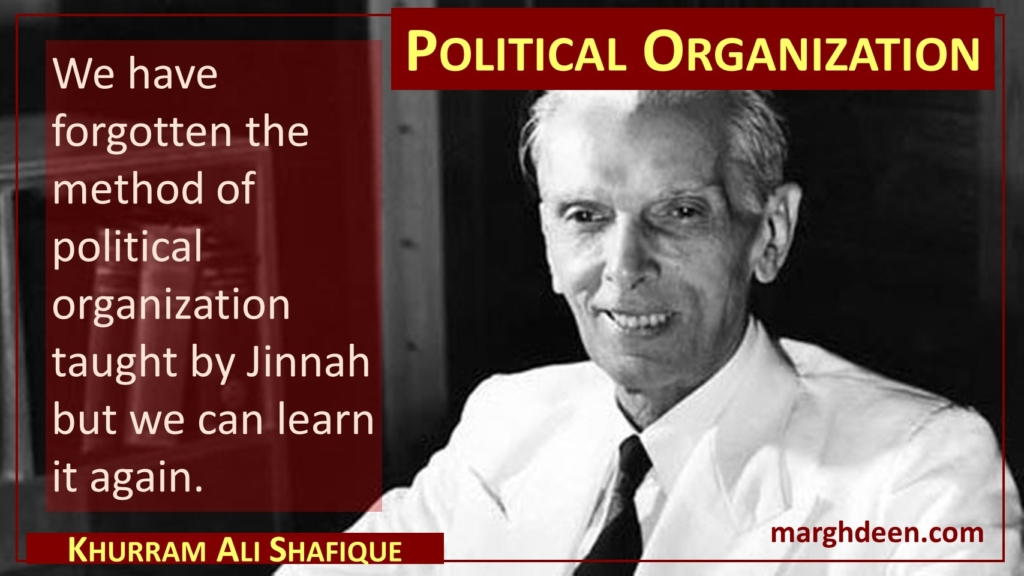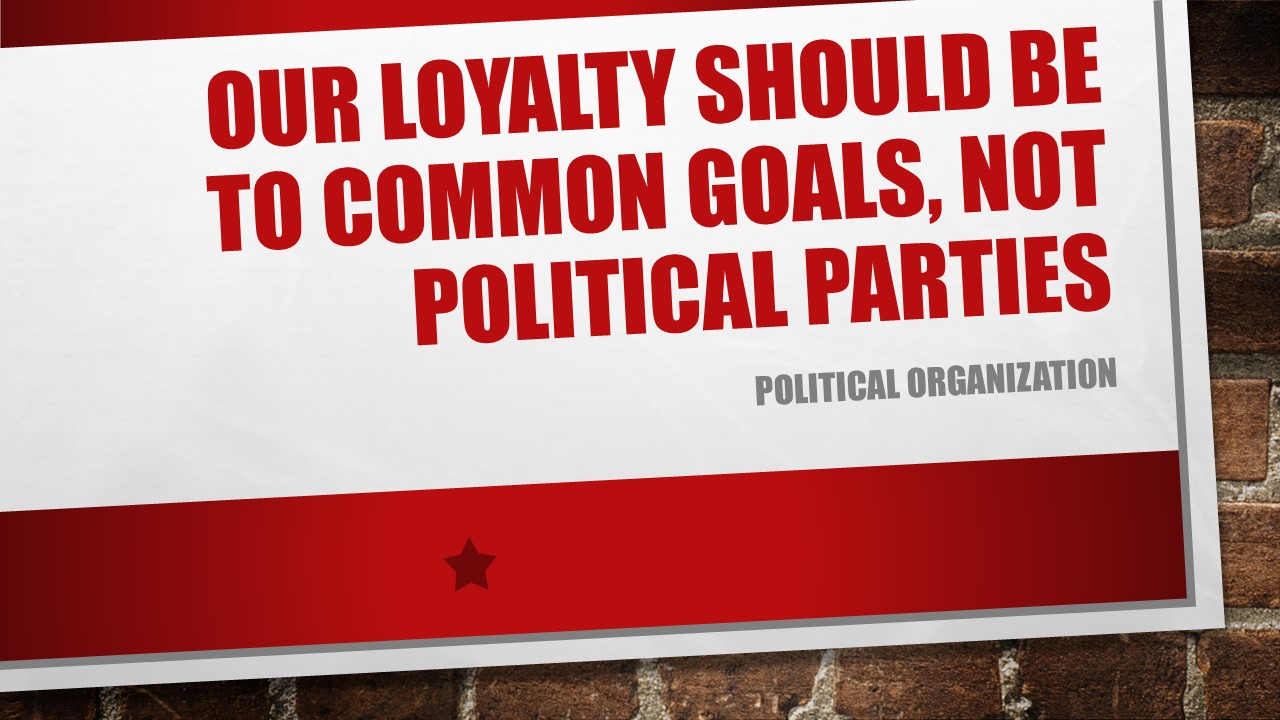Pakistan was created by a political organization but the organization was unlike any other. It was a new type, the technical term for which was ‘group organization’ (although the term was never used by Iqbal or the Quaid, but both were familiar with it). It was believed that the country could only be maintained through this type of organization.
To understand the first part, it needs to be remembered that the moral justification for Pakistan was the Delhi Resolution adopted in April 1946, the significance of which I have tried to explain elsewhere. In the election held shortly before, the League had received almost 90 percent support for its idea of Pakistan (including 100 percent of the seats allocate for the Muslims in the central assembly). These elected legislators, approximately 500 in number, met in Delhi and unanimously adopted a resolution on April 9, 1946. One of its four basic points was that two sovereign states should be established, Pakistan (including the paresent-day Bangladesh) and Hindustan. Each state should have its own constituent assembly (and hence the Quaid later insisted on the sovereignty of that assembly). This could be called a Declaration of Independence, and was the moral justification for the country created the next year.
It was a non-negotiable claim of the Quaid and his associates that nobody outside the League had the right to speak for the Muslims, and the position did not change even after the independence. The Quaid continued to insist that the League was not only the creator of Pakistan but also its custodian. He asked the people to resist those who ‘may now come forward and put their own attractive slogans, catch-words, ideals and programs before you.’ He insisted that such people must prove their bonafides first ‘by supporting and joining the League, and working and pressing their views within the League Party organization and not by starting mushroom parties…’
This was because unlike other parties, the League did not uphold a particular principle or theory. It claimed to offer ‘a platform for the ventilation of all shades of political thought and by its constitution is bound by the decision of the majority.’ Iqbal had further elaborated the principle by saying that the community ‘should have only one political organization with provincial and district branches all over the country’ and ‘its constitution must be such as to make it possible for any school of political thought to come into power, and to guide the community according to its own ideas and methods.
Other parties are usually defined by a particular principle or a theory presented by a few to the many – even the claim of the Indian National Congress that the Indians were a nation was admittedly a theory proposed by the graduates of the universities of Bombay, Calcutta and Madras. The League, on the other hand, presumed that the Muslims already perceived themselves as a nation, and were also treated by others accordingly, and the high-ranking leaders of the League were willing to change their stance if the Muslims changed their minds (even the term ‘two-nation theory’ was not introduced by the League but by its critics for refuting the Quaid’s claim that the existence of two separate nations was a ‘fact’).
The ideas and policies of the League did not originate at the top to be handed down to the people but were born at the grassroots level in two type of groups, neighbourhood groups and occupational groups (details may be found in Urdu in my book, Iqbal: Darmiani Daur, or in English in Iqbal: His Life and Our Times). This is a much neglected aspect of our history but it might still be remembered that when the Muslims of the subcontinent first decided to organize themselves as a modern nation at the end of 1886, they were thinking only in terms of ‘education and progress of the community’ and not politics. Only when it became impossible to pursue those ends without participation in politics, the League evolved as an organization through which the process could be continued.
Pakistan does not have a group organization anymore (the League diminished because the educated class generally ignore the advice of the Quaid, and the organization was eventually terminated by the military regime that came to power in 1958, of course with the full support of Chief Justice Munir). Still it does not mean that the method cannot be applied.
The situation today is not different from the aftermath of the election of 1926, when four political parties became elected by the community instead of one. They eventually formed a platform where they could meet and agree upon a common course of action, which should then be pursued by each party in preference to its individual goals. Their common platform was called the All-India Muslim Conference, and it claimed to be a continuation of the process started by the League, upholding the same principle under different circumstances.
The concept is essentially the same as ‘group organization’, explained in The New State (1918) by the American political scientist Mary Parker Follett, who arrived at it independently, partially through those common trends of human thought that were also being observed by the Muslims of the subcontinent at least since the days of Sir Syed Ahmad Khan (a brief comparison of the ideas of Follett with Iqbal can be found in my book Iqbal: His Life and Our Times).
The common principle that emerges from both the League and the Conference, as well as from the work of Follett, is that our loyalty should be to common goals, not political parties.

